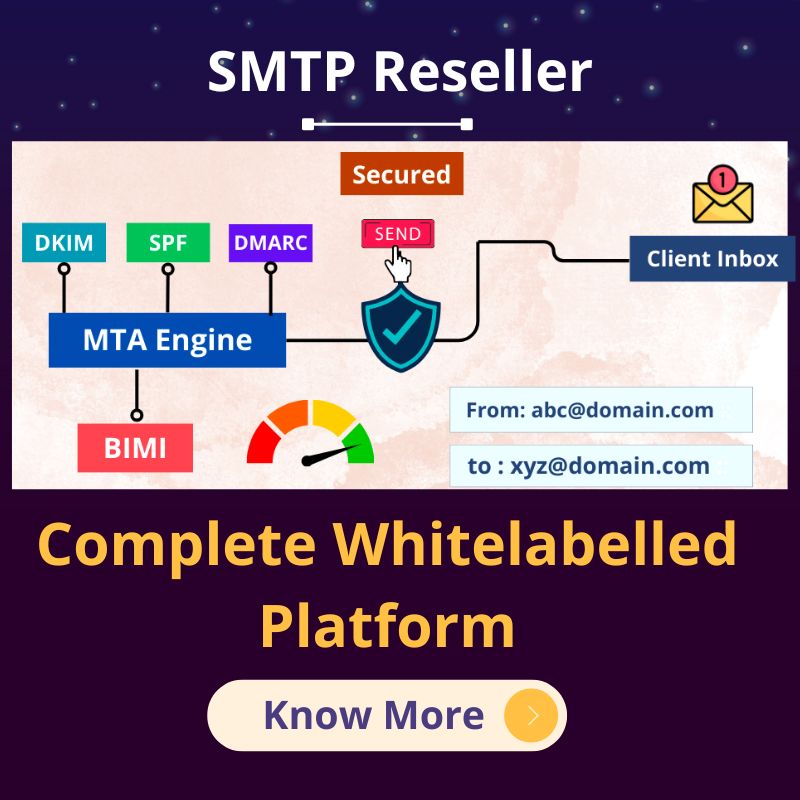Transactional Emails
Transactional email is a method of customer communication in which automated and real-time messages are send to recipients .Through email after a certain period of time when an action is performed within a website or an application.It is also known as triggered emails or automated emails. In addition, transactional emails typically contains personalized information which refer directly to the action taken by the recipient.
For instance, transactional email includes password resets, purchase receipts, shipping notification and legal notification. These types of emails often contain valuable information for customers. When implemented correctly, these emails can increase user engagement rates.
Components Of Transactional Emails
- Send it from a recognized “From” address.
- Use subject line that clearly summarize purpose.
- Write copy which acknowledges and thanks the subscribers for their activity and conveys excellent customer services.
- Also includes a recognizable and clickable brand logo which incorporate brand colors to boost brand recognition.
- Use links which serve a specific purpose.
- Last but not least, be informative and timely.
Different Types Of Transactional Emails
-
Email Address Confirmation/ Registration Emails
Particularly, we can use these emails as a double opt-in for subscribers to confirm their email address. Some businesses do this to confirm valid email address of subscribers. This is a great way to keep our database clean. Clearly, they provide subscribers with additional information like, contact email, phone number or social media profiles which opens the door connect in different ways.
-
Password Resets
If our website has a portal for visitors to login, make sure when our subscribers request a password change. They receive timely, personalized and clear instructions related to passwords reset procedure. Moreover, with the use of phishing activities we can add link or email that report unauthorized power request. It will lead to strengthen our credibility.
-
Order Confirmation Emails And Purchase Receipts
After subscribers make a purchase or register for conference. Follow-up with an email which confirms order and includes shipping information and tracking links which are applicable. Buyers are often eager to view their order confirmation because it provides an assurance of their purchase which is processed . Give them details about their order.
-
Feedback Emails
One of the best way to improve customer experience is to understand the feeling of buyer. Ask subscribers about feedback directly for their experience. It is based upon proper context.
-
Reactivation Emails
Such emails are sent to subscribers that have previously interacted with brand but have not continued to engage. This can include consumers which abandoned their shopping cart before making a purchase. Email subscribers which are not been opening our emails or existing customers whose subscriptions are expiring soon. Targeted offer is based upon subscribers behaviour and life-cycle stage.
-
Website / App Extension Emails
Increase engagement by bridging the divide between different channels. By providing email functionality which connects to our website or app. In addition, subscribers have the freedom to interact with us on their preferred device.
For more info: https://en.wikipedia.org/wiki/Email_marketing#Transactional_emails
Why Send Transactional Emails ?
Even so, one of the main goal of sending transactional emails is to connect and communicate valuable information to customers at key moments of the customer experience. Marketing and product communication teams spend a significant amount of time researching the customer journey.
Therefore, to understand the most critical moments of customer communication to drive positive relationships. For instance, transactional emails are known to have a significant impact on customer relationships:-
- Account creation and activation emails
- Welcome and on-boarding messages
- Security and account alerts
- User invitations and shares
- Password resets and two-factor authentication
- Purchase receipts and shipping notifications
- Legal notices

Last but not least, these transactional emails provide essential information to customers and help them successfully manage websites, applications or software-as-a-service (SaaS) products.




